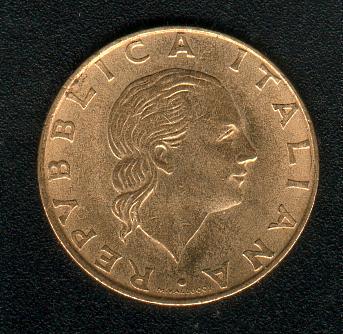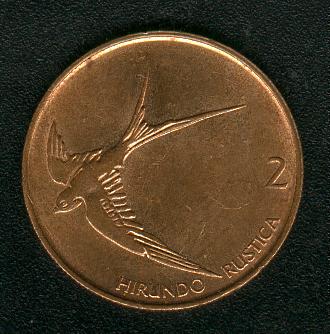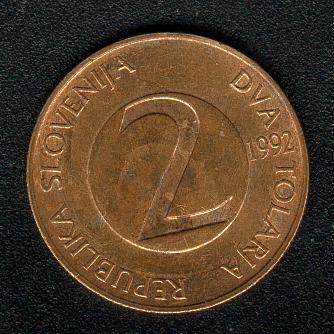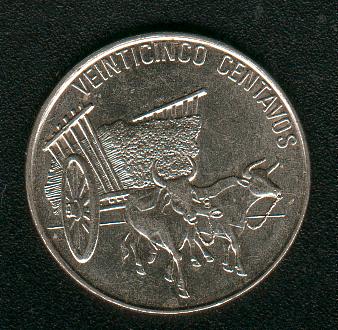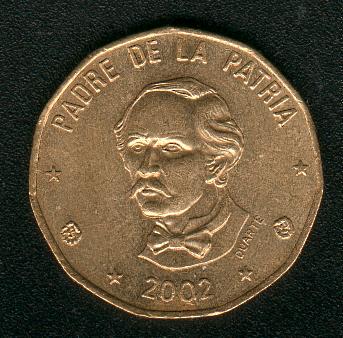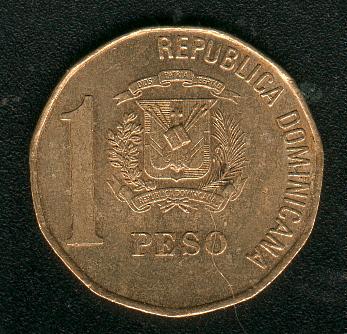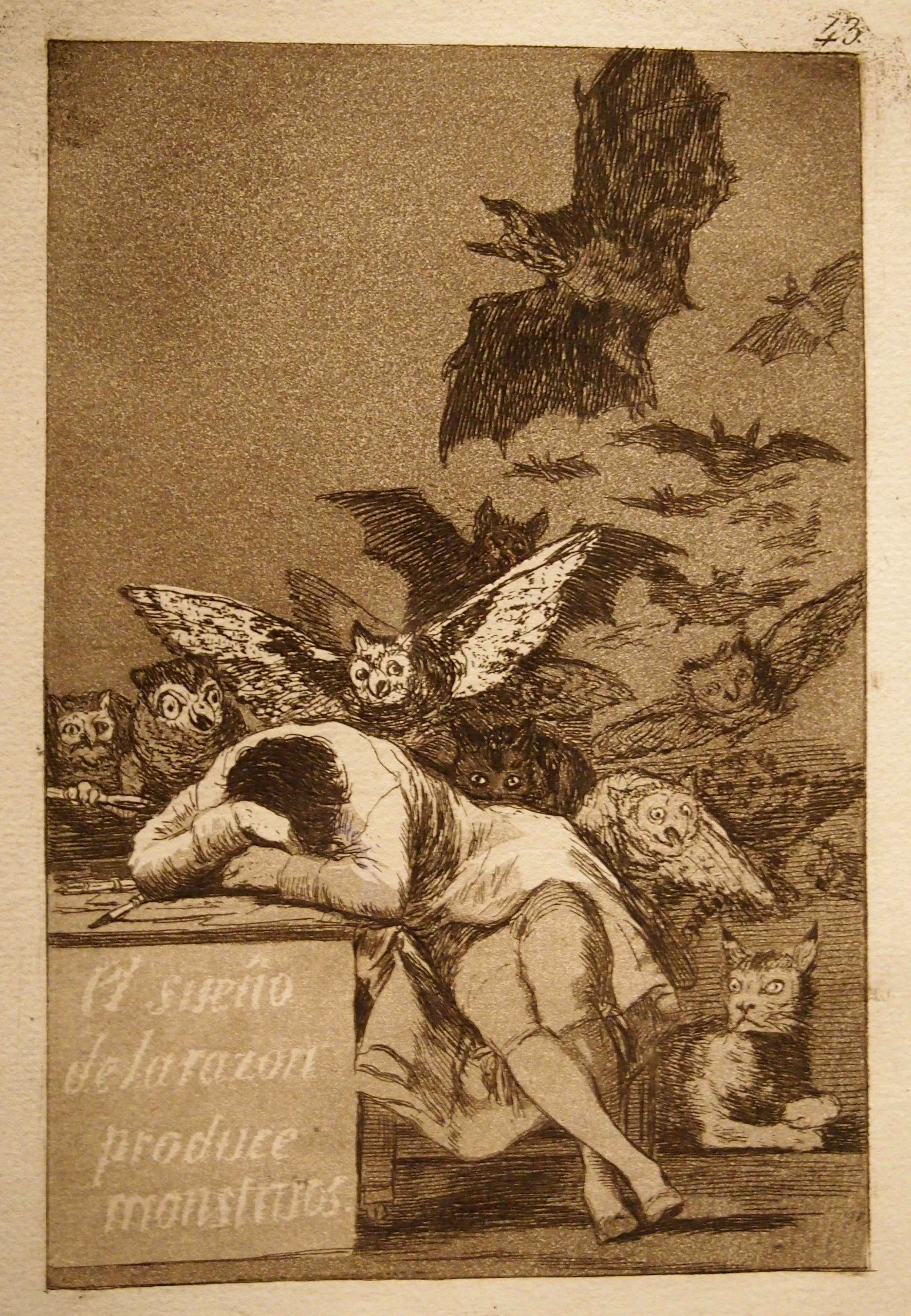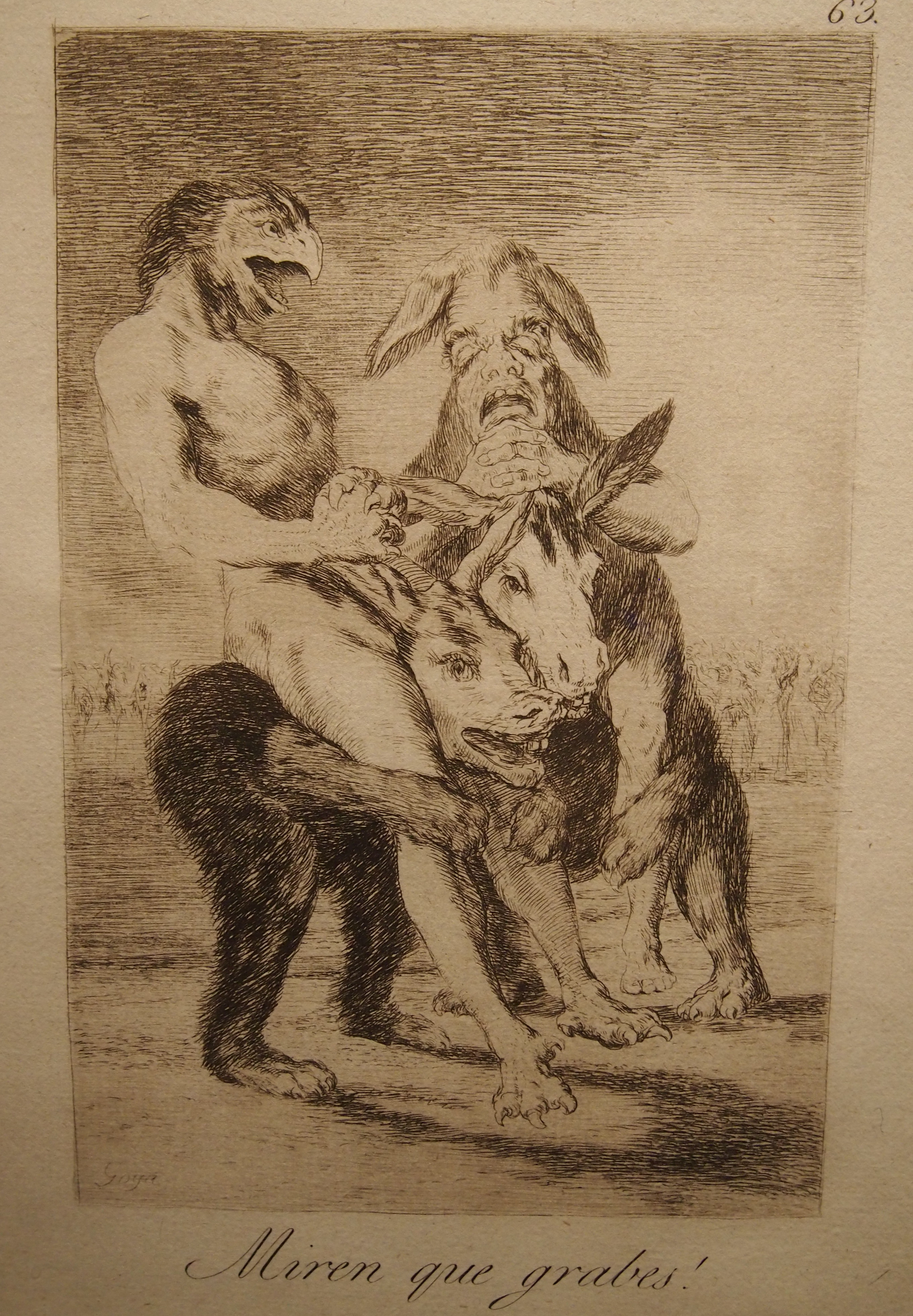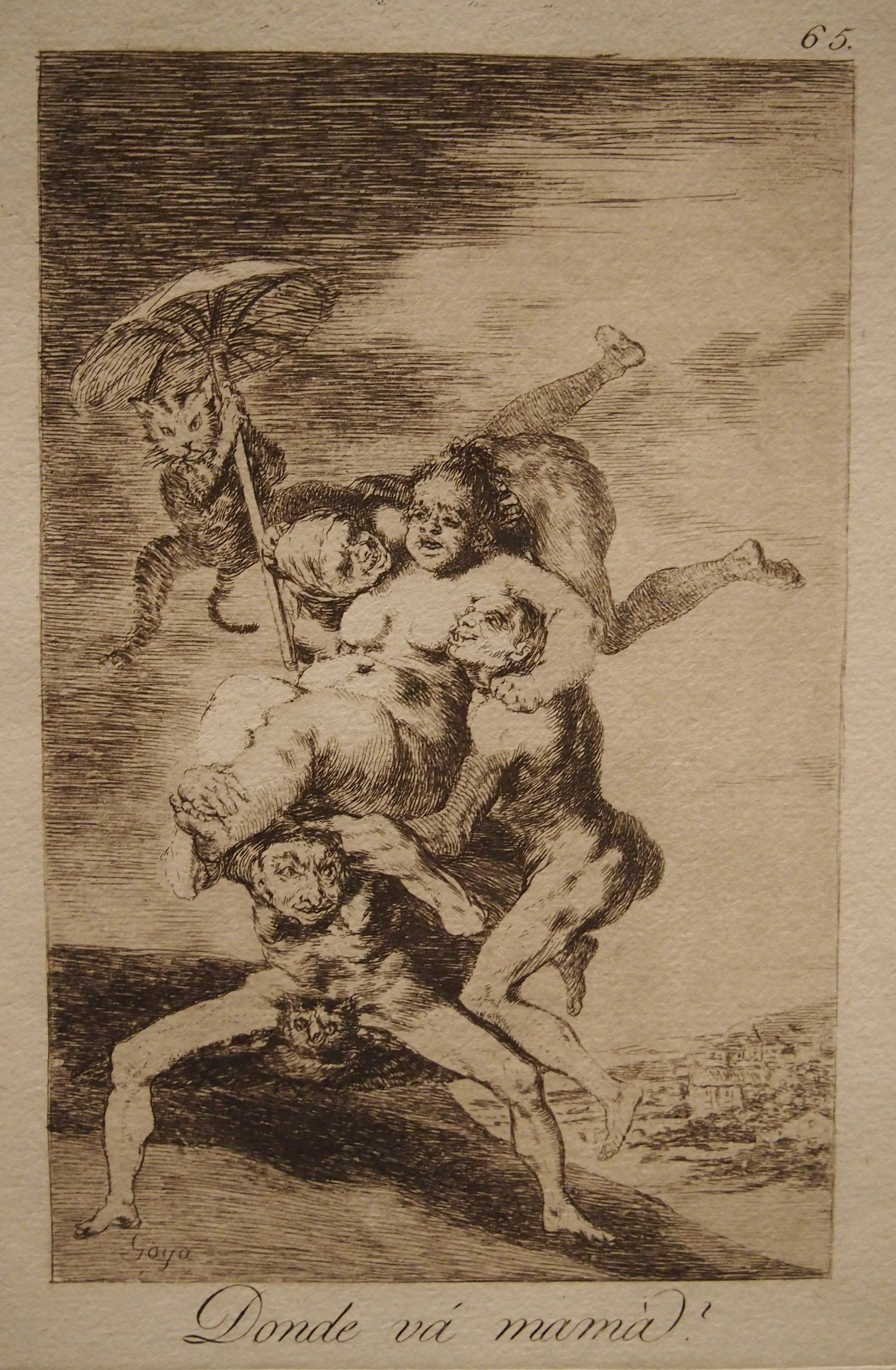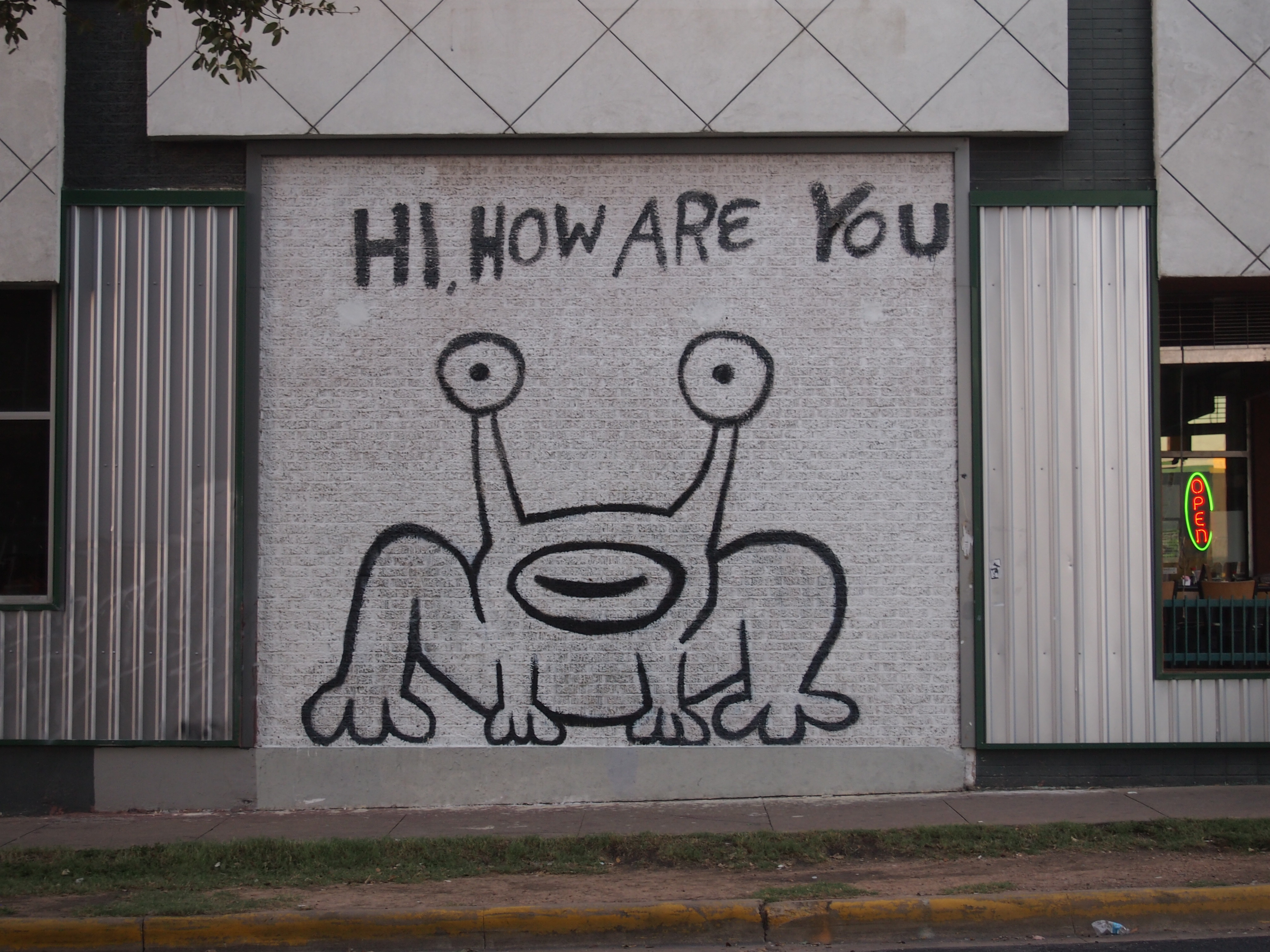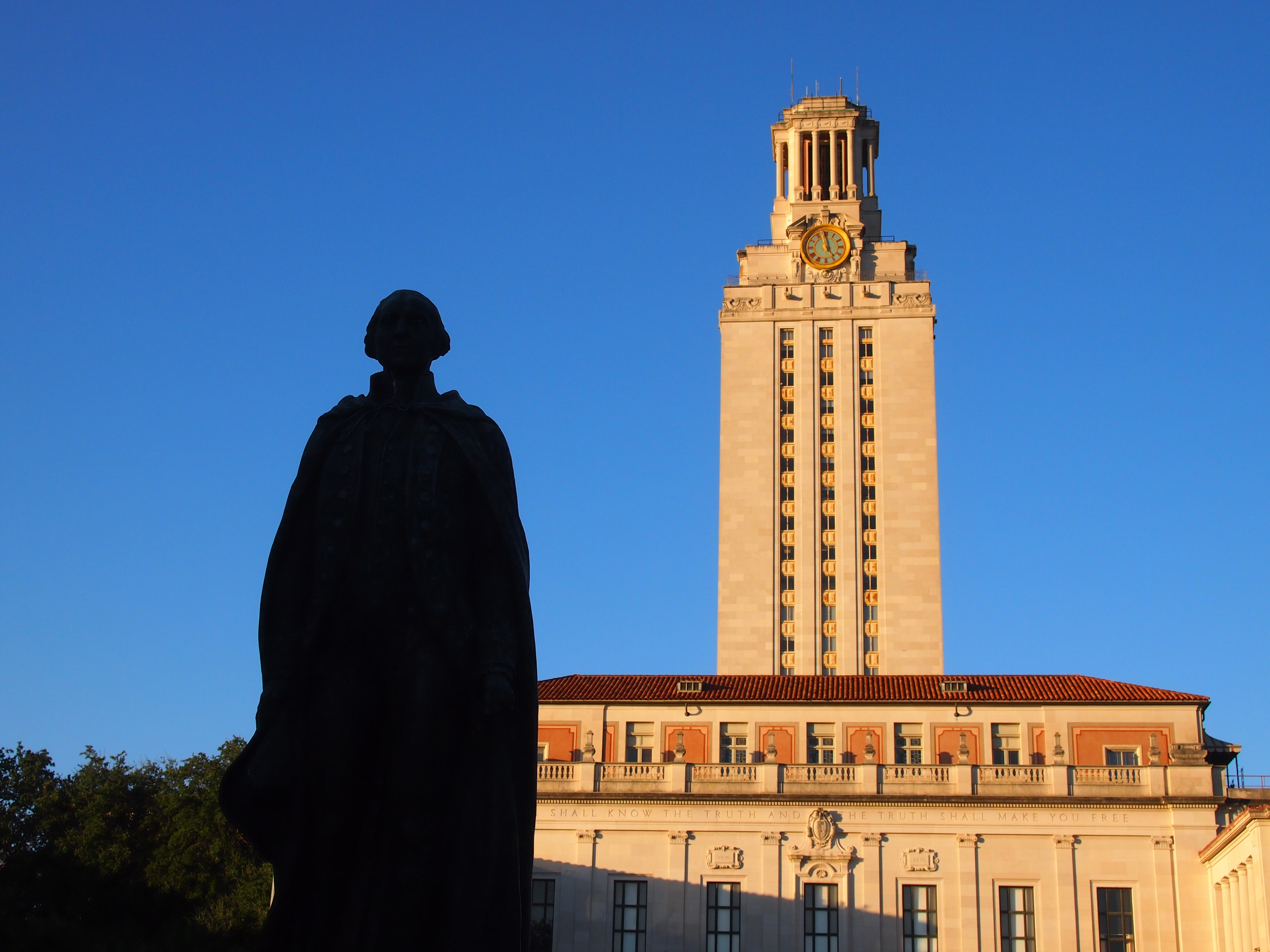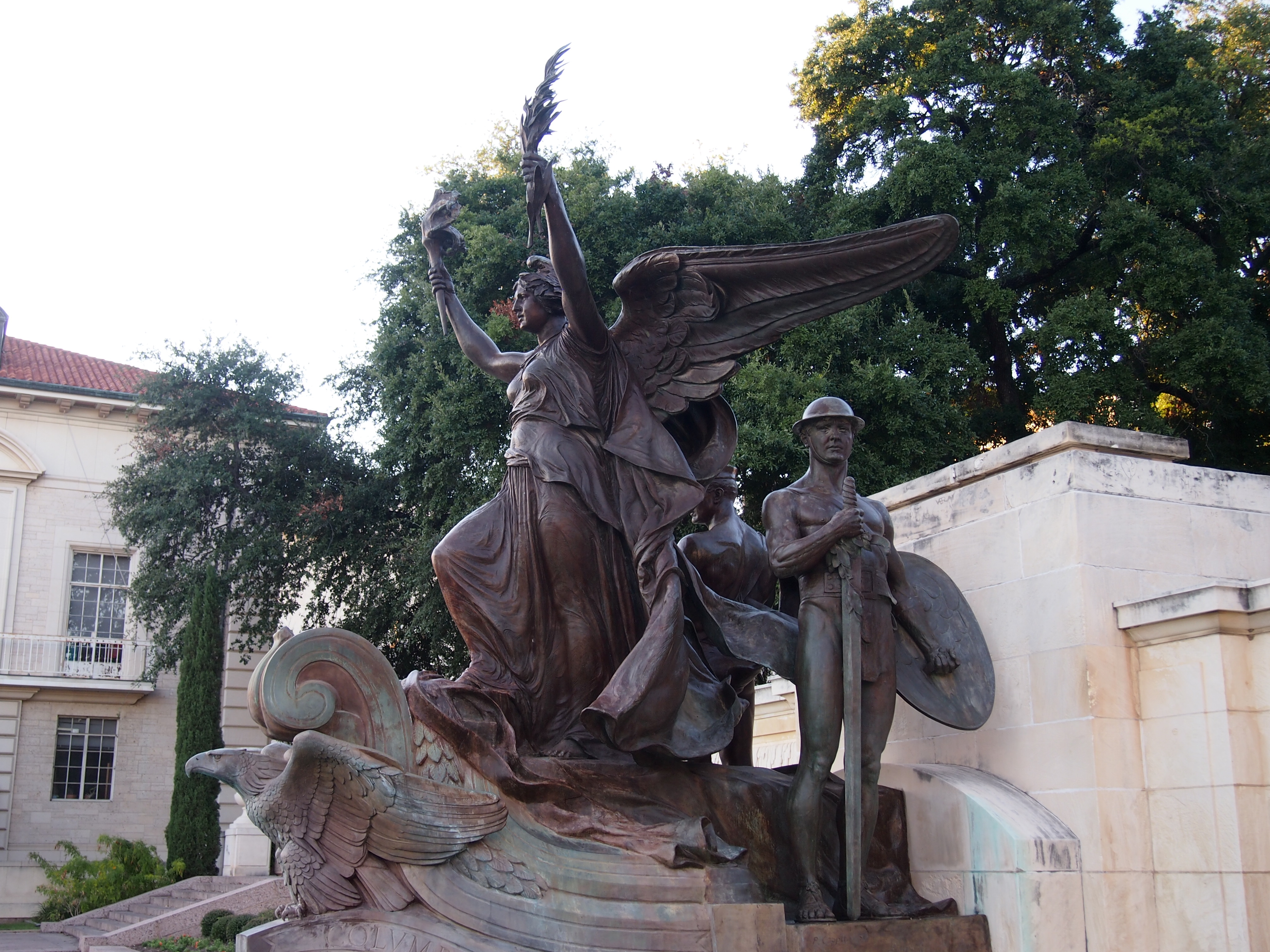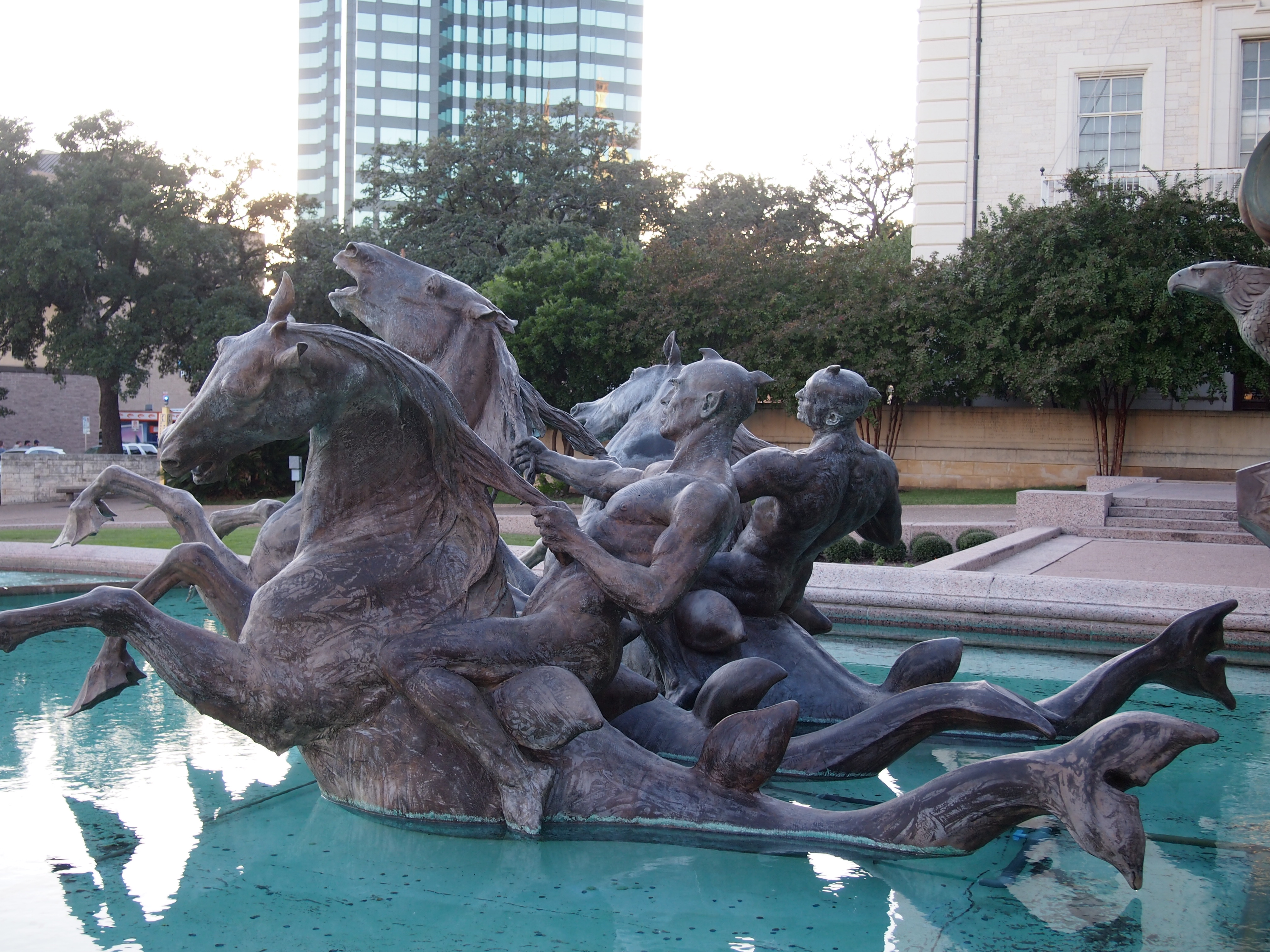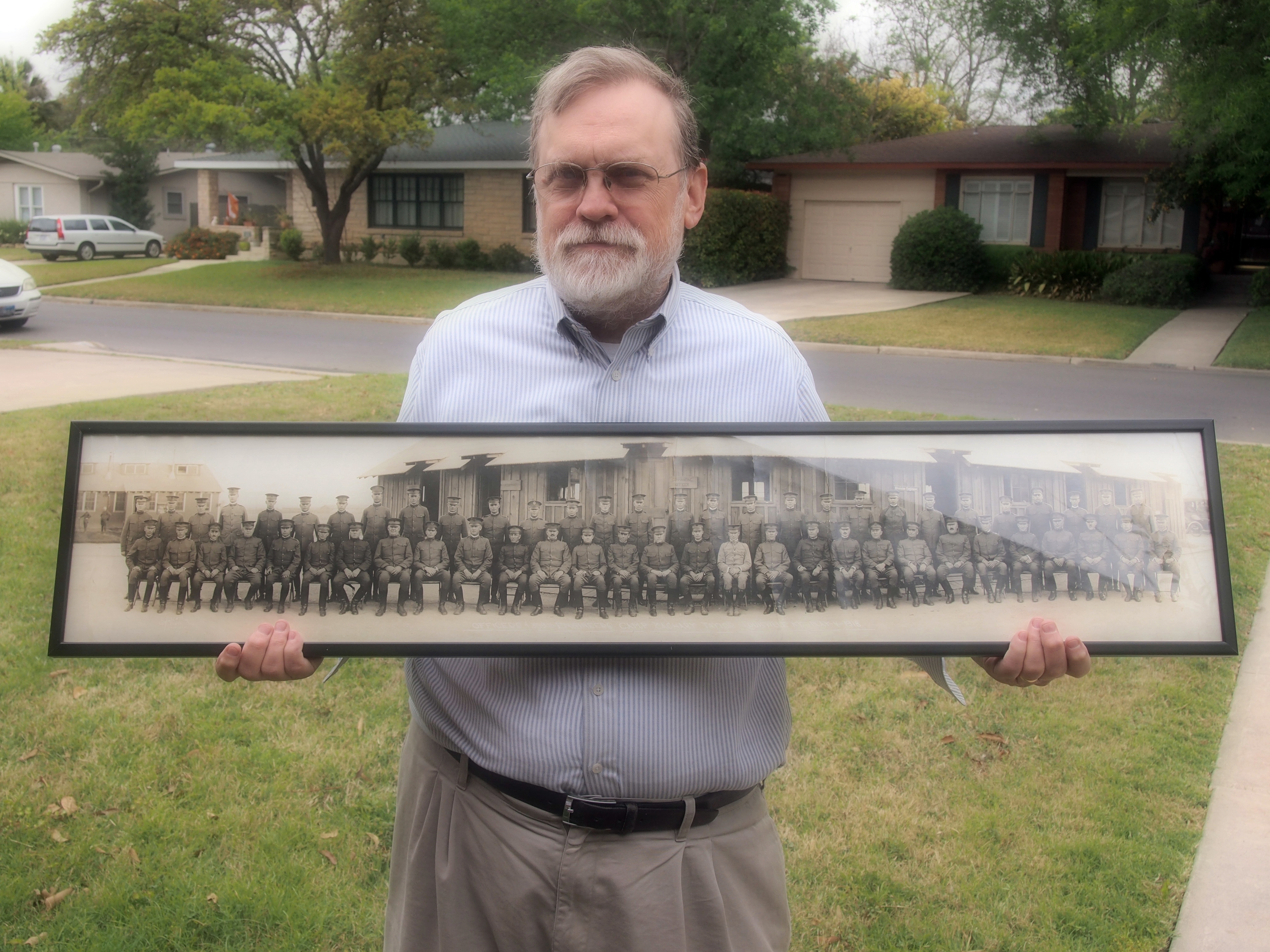Damned if it isn’t January out there now, but at least it’s expected to return to a more normal November – a little above freezing – by the end of the week.
My recent visit to Texas started out warm, but cooled down with most of the rest of the country. It was still warm when we went to the UT Tower on November 8. Good thing, since the outdoor vista is the thing to do. In full, it’s the University of Texas Tower, a part of the school’s Main Building, built in 1937 and towering 307 feet over campus. One Charles Whitman used his marksman skills to murder people at random from atop the observation deck in 1966, so nearly 50 years later visitors need to go through a metal detector manned by a cop to get in. But at least you can get in. For a good long time, the tower was closed.
Officially, you take a “tour” of the observation deck, and there’s some commentary by guides – in our case, three perky UT students – but mostly you have access to the view in all directions. Because of a sad history of suicides, you have to look through bars.
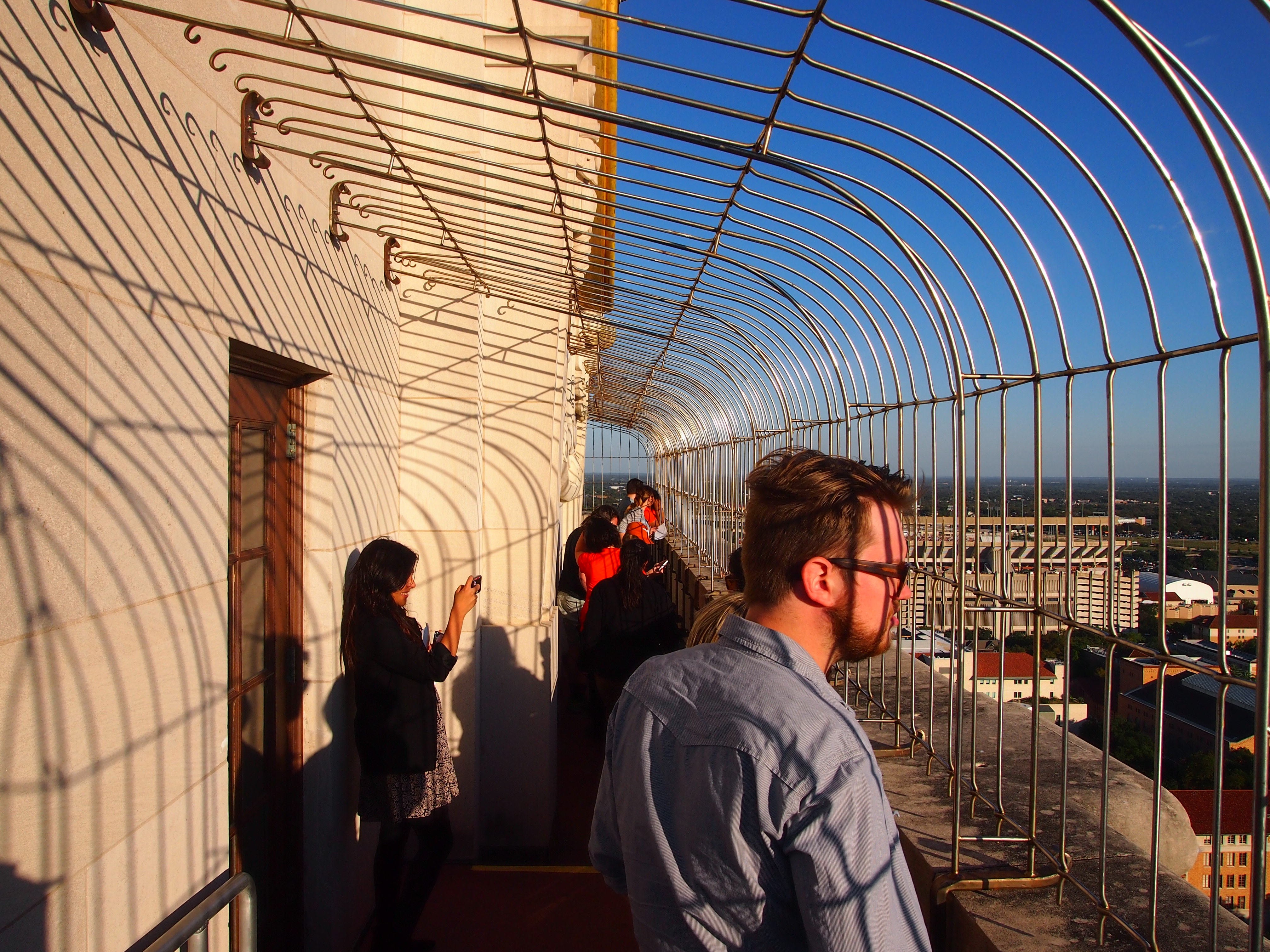 South: Downtown Austin, including the Capitol of Texas. At the time the tower was built, it couldn’t be taller than the capitol, which is 308 feet. Now structures can be taller, but not positioned in way to block the view of the capitol from 30 specific locations (one of which must certainly be the UT Tower).
South: Downtown Austin, including the Capitol of Texas. At the time the tower was built, it couldn’t be taller than the capitol, which is 308 feet. Now structures can be taller, but not positioned in way to block the view of the capitol from 30 specific locations (one of which must certainly be the UT Tower).
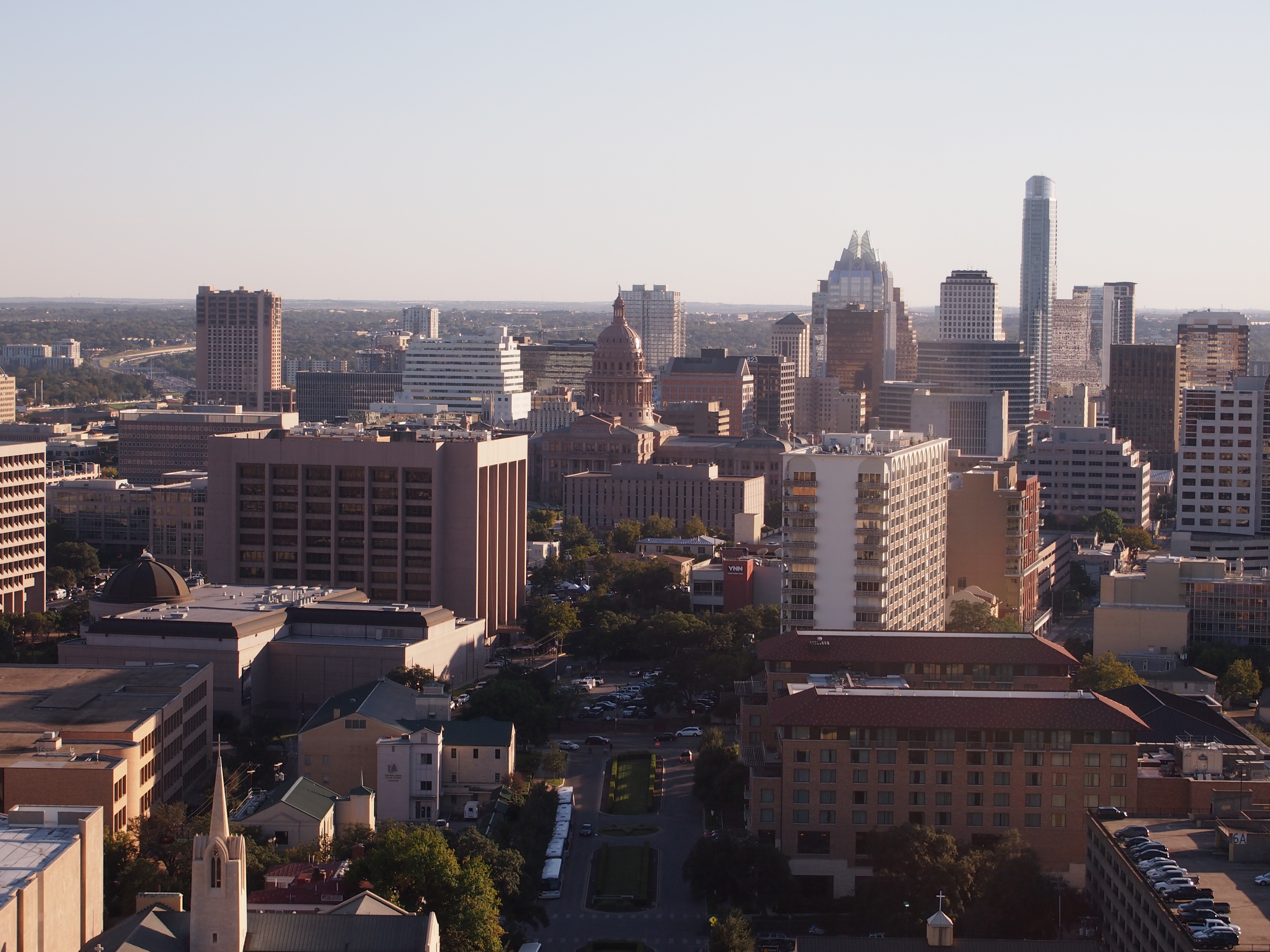 East: UT Stadium. Officially, Darrell K Royal–Texas Memorial Stadium, with a seating capacity of 100,119, making it the 13th largest stadium in the world, according to Wiki. Note that it wasn’t at capacity that day. UT was playing West Virginia, and they weren’t expected to win. But they did.
East: UT Stadium. Officially, Darrell K Royal–Texas Memorial Stadium, with a seating capacity of 100,119, making it the 13th largest stadium in the world, according to Wiki. Note that it wasn’t at capacity that day. UT was playing West Virginia, and they weren’t expected to win. But they did.
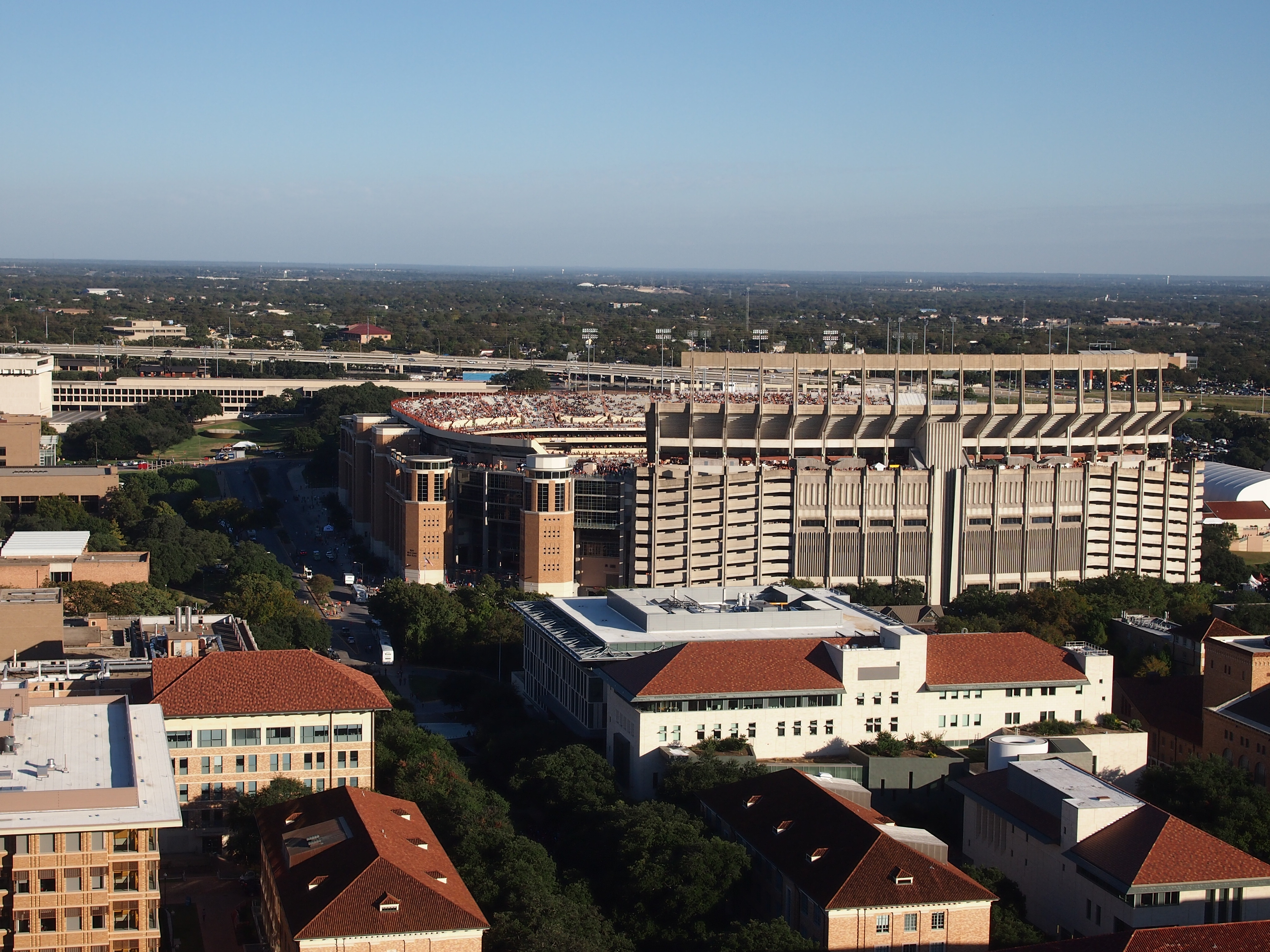 From our vantage, we heard the crowd roar from time to time.
From our vantage, we heard the crowd roar from time to time.
“That sounds like a first down,” Tom said about one roar. “What does it say about me, that I know that?”
“That you’ve been to too many UT games?” I suggested.
Northwest. The large house is Littlefield House.
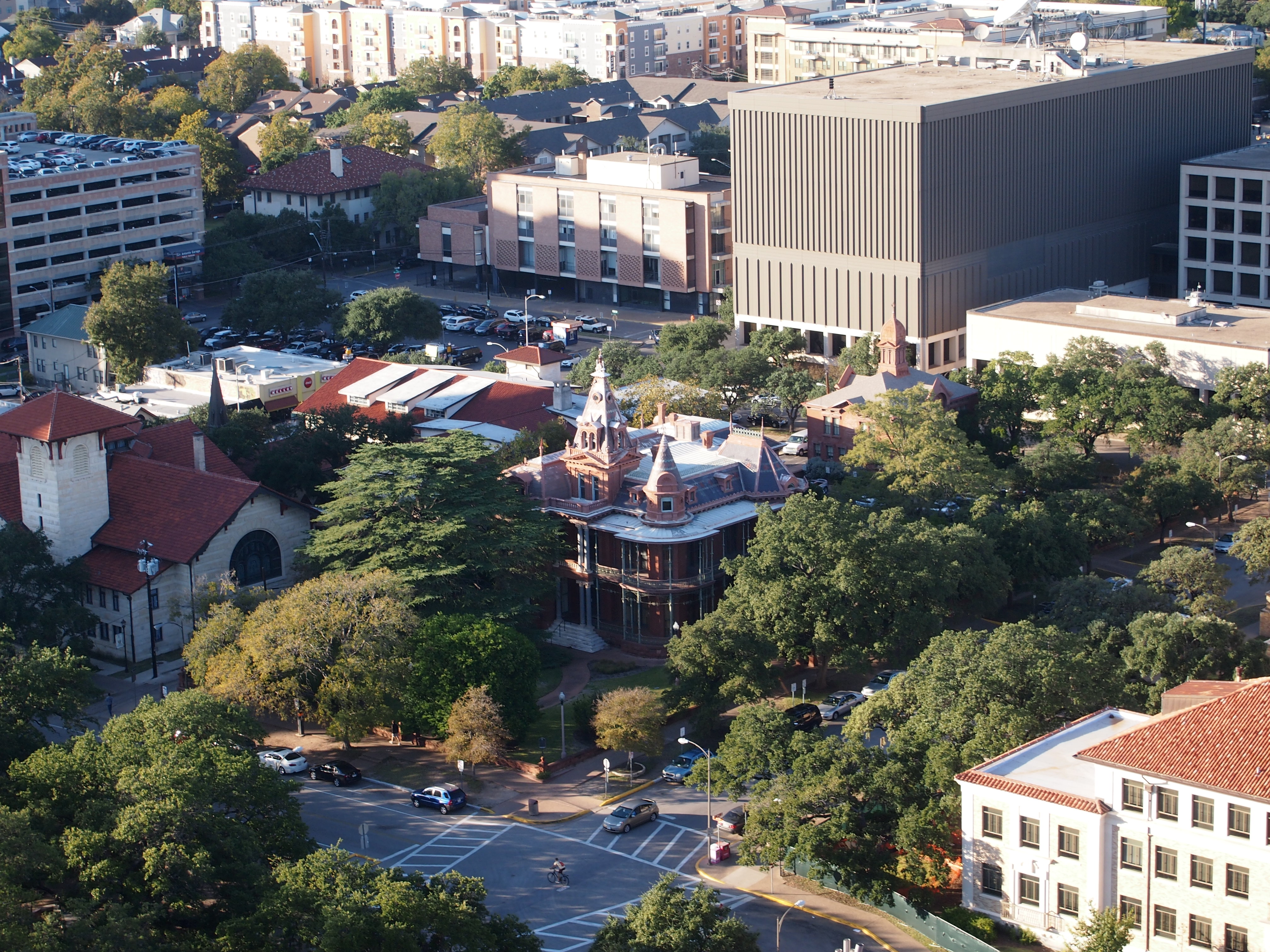 West: The Drag and the Balcones Escarpment.
West: The Drag and the Balcones Escarpment.
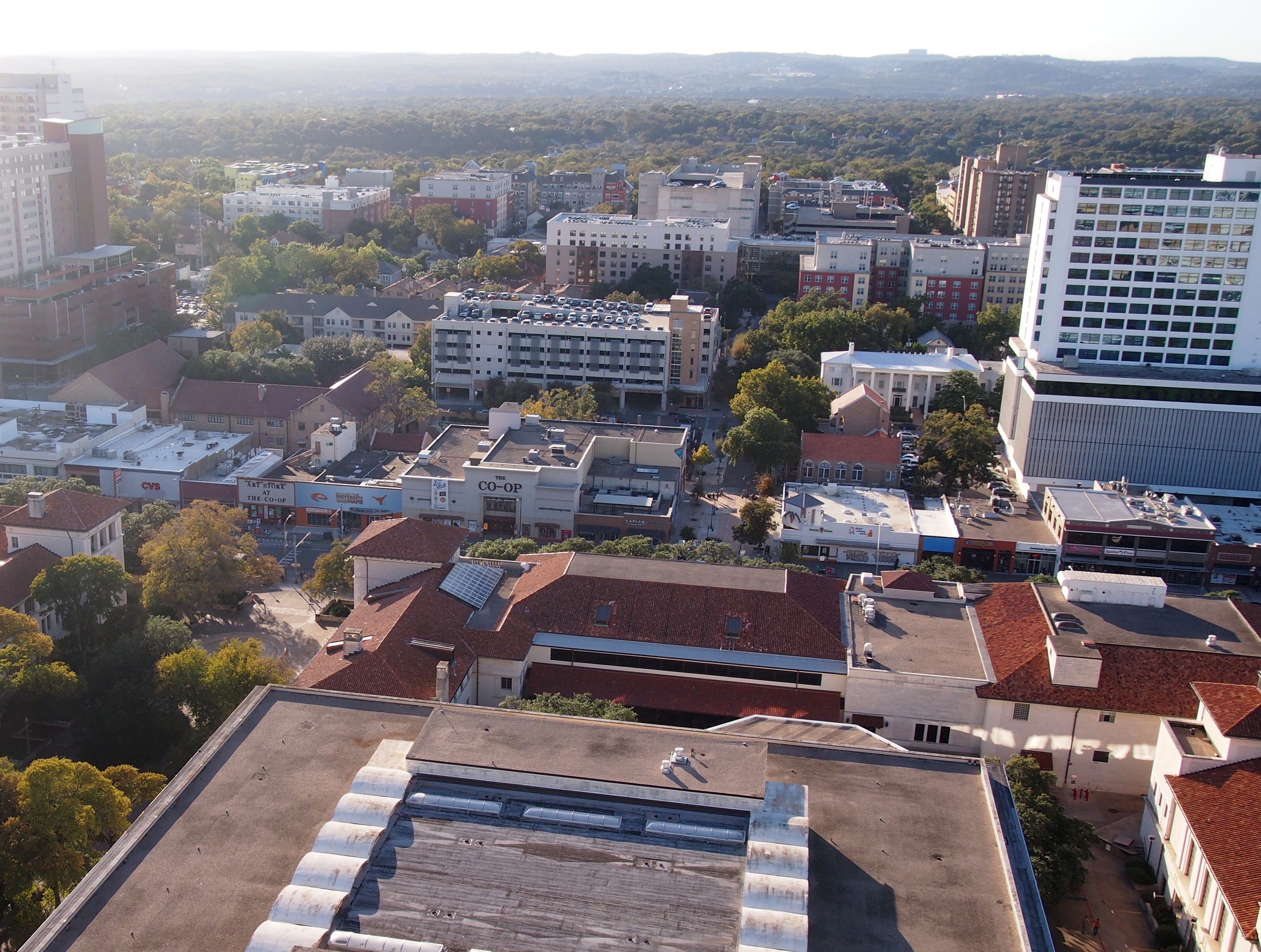 Guadalupe St., better known as the Drag, is in the mid-ground. Spent a fair amount of time there in ’81. The sign of the University Co-op, a major UT retailer, is just visible (CO-OP). Off in the background rises the Balcones Escarpment, a geological feature I’ve heard about for a long time, but never had seen so clearly displayed.
Guadalupe St., better known as the Drag, is in the mid-ground. Spent a fair amount of time there in ’81. The sign of the University Co-op, a major UT retailer, is just visible (CO-OP). Off in the background rises the Balcones Escarpment, a geological feature I’ve heard about for a long time, but never had seen so clearly displayed.

